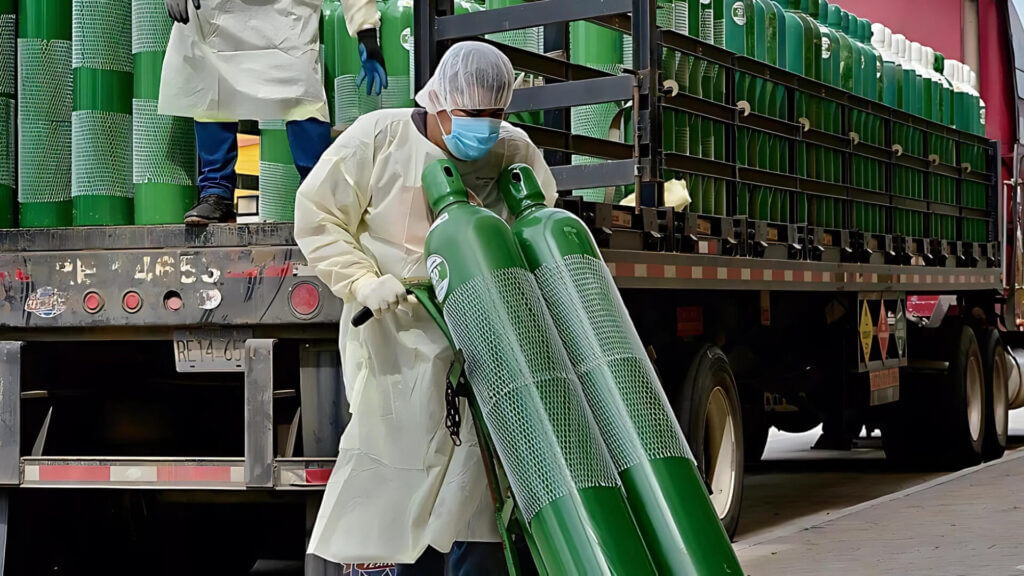Oxygen Supply Problems in Healthcare Industry
The Healthcare Industry faces critical challenges in ensuring reliable oxygen supply. with high costs, inconsistent availability, and safety risks from cylinder handling. Hospitals are often vulnerable to purity issues, unpredictable deliveries, and staffing demands for managing cylinders, all of which impact patient care, particularly during high-demand periods.
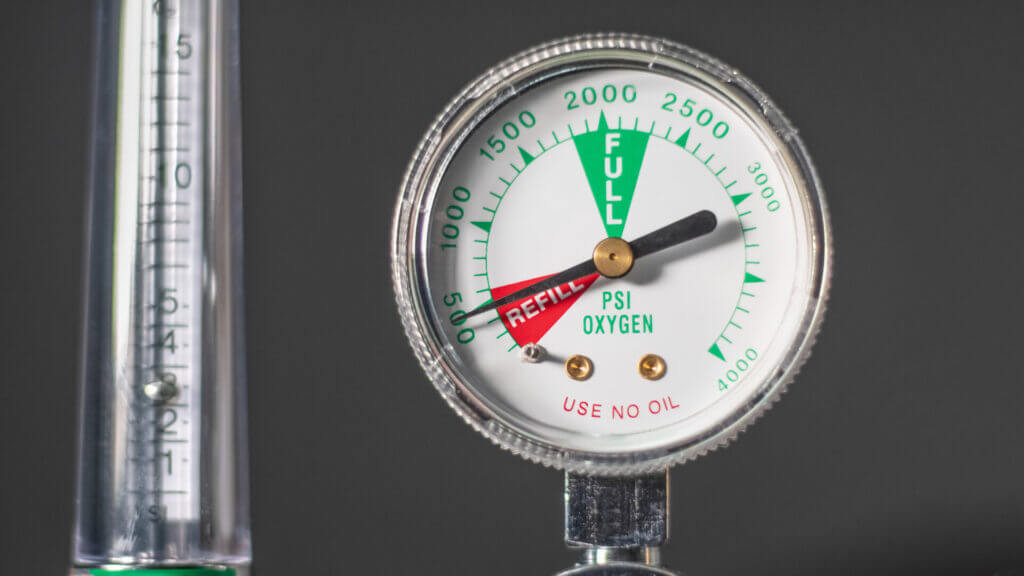

INTERMITTENT SUPPLY
Hospitals relying on cylinder deliveries for oxygen face the ongoing challenge of an intermittent supply, where delays or logistical disruptions lead to gaps in availability. This inconsistency poses a serious risk to patient care, as oxygen may not be available when it’s most needed, particularly during high-demand periods or emergencies. The unpredictable nature of cylinder-based supply forces hospitals to stockpile whenever possible, which adds storage and handling costs, but even then, they remain vulnerable to critical shortages.

OXYGEN PURITY ISSUES
Oxygen purity is a critical factor in patient safety and care quality, but hospitals that rely on cylinder deliveries often face challenges in verifying the actual purity of the oxygen they receive. Industrial-grade or lower-purity oxygen, which may contain contaminants or particulates, can sometimes enter the supply chain when medical-grade standards are not strictly maintained.
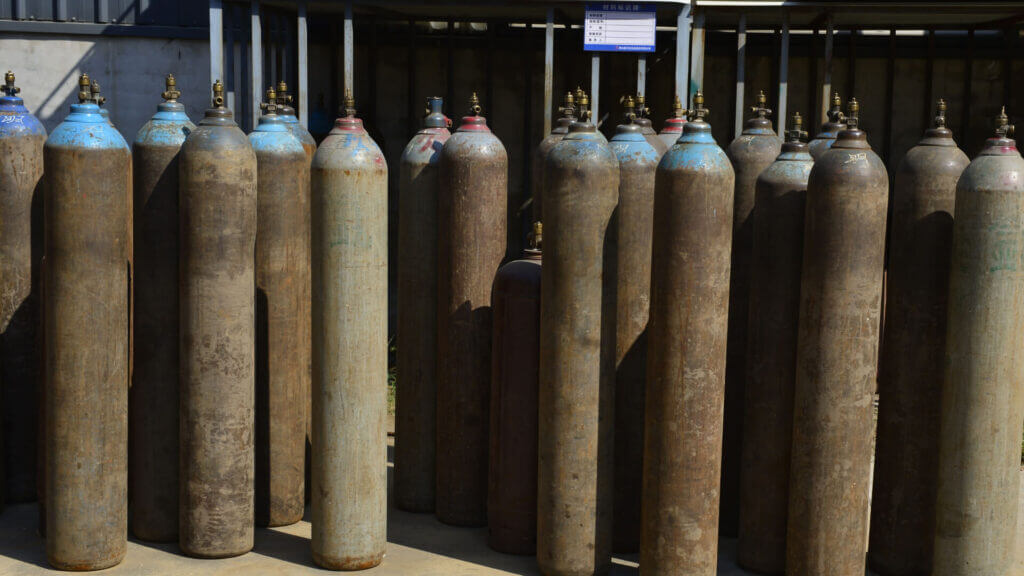


INACCURATE FORECASTING
Predicting oxygen demand with cylinders is challenging, often leading to either excess (waste) or shortfall (risking patient care). Overstocking strains resources with high costs and storage needs, while understocking leaves hospitals unprepared during surges, especially in remote areas prone to delivery delays. This lack of predictability makes real-time, reliable oxygen solutions essential to ensure a steady, on-demand supply that aligns with patient needs.
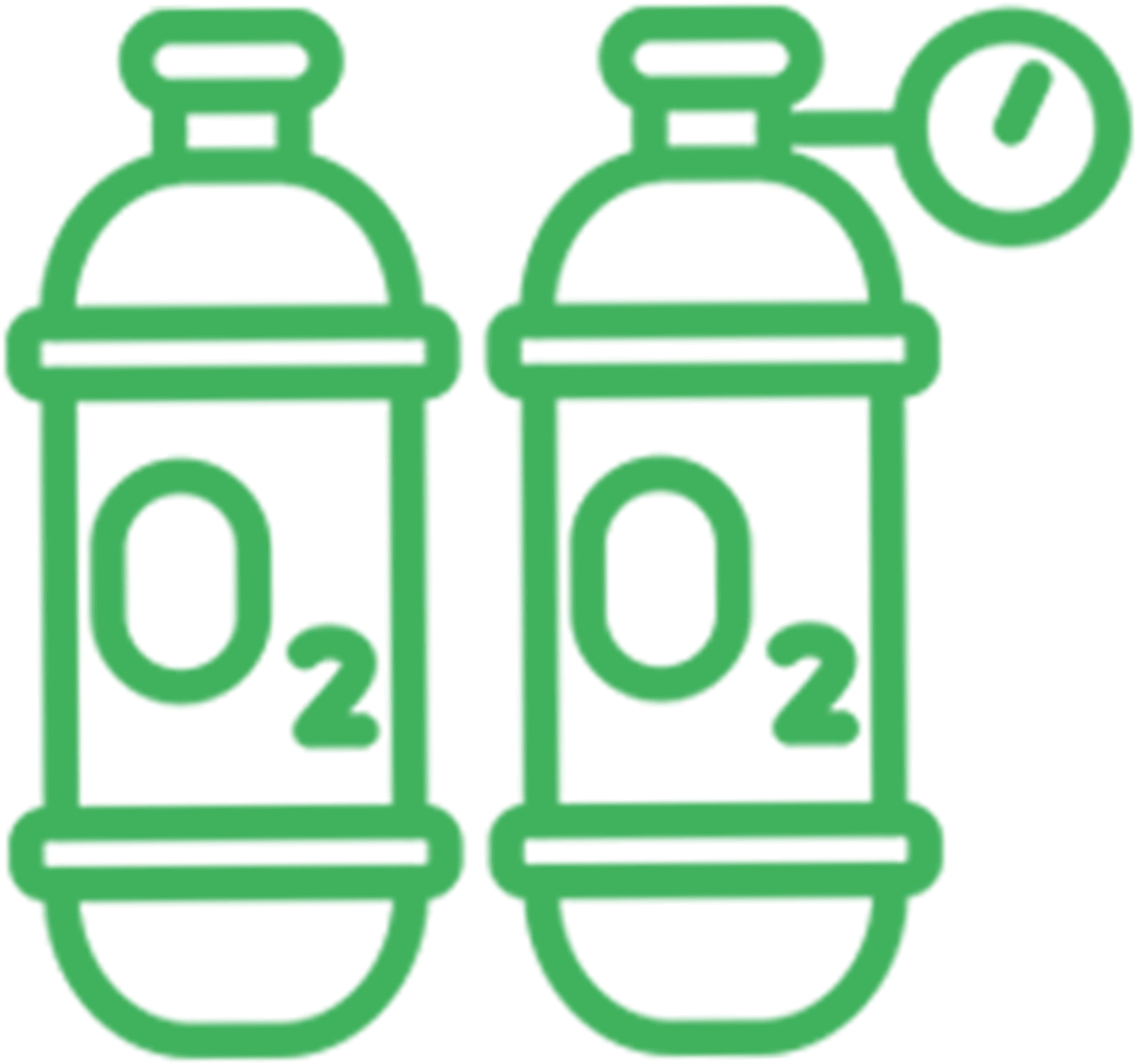
TANK AVAILABILITY ISSUES
Oxygen cylinders may not always be available in sufficient quantities, especially during periods of high demand, such as emergencies or peak usage times. This can lead to critical shortages, affecting the ability of healthcare facilities to provide continuous patient care and jeopardizing the overall quality of medical services.
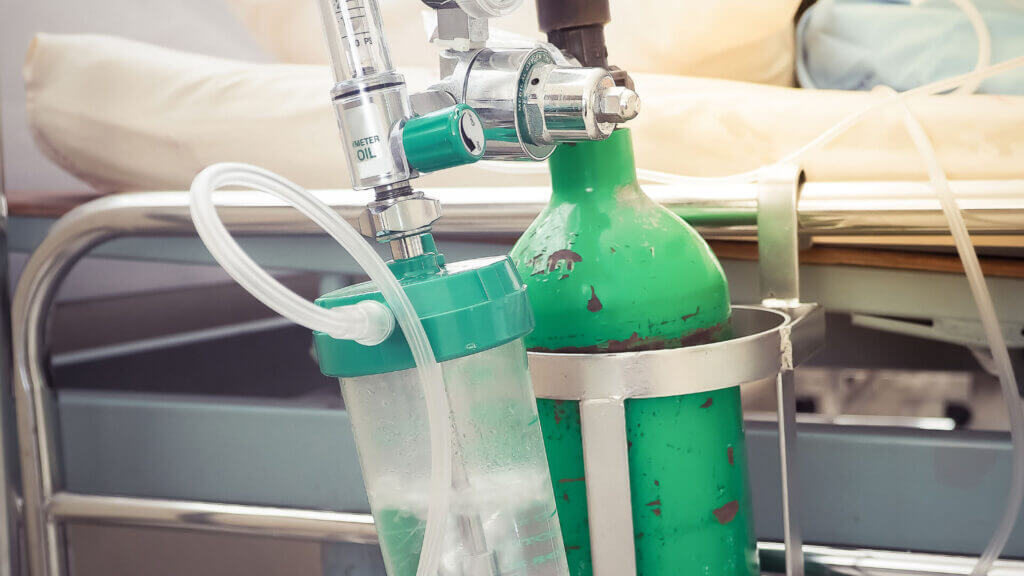
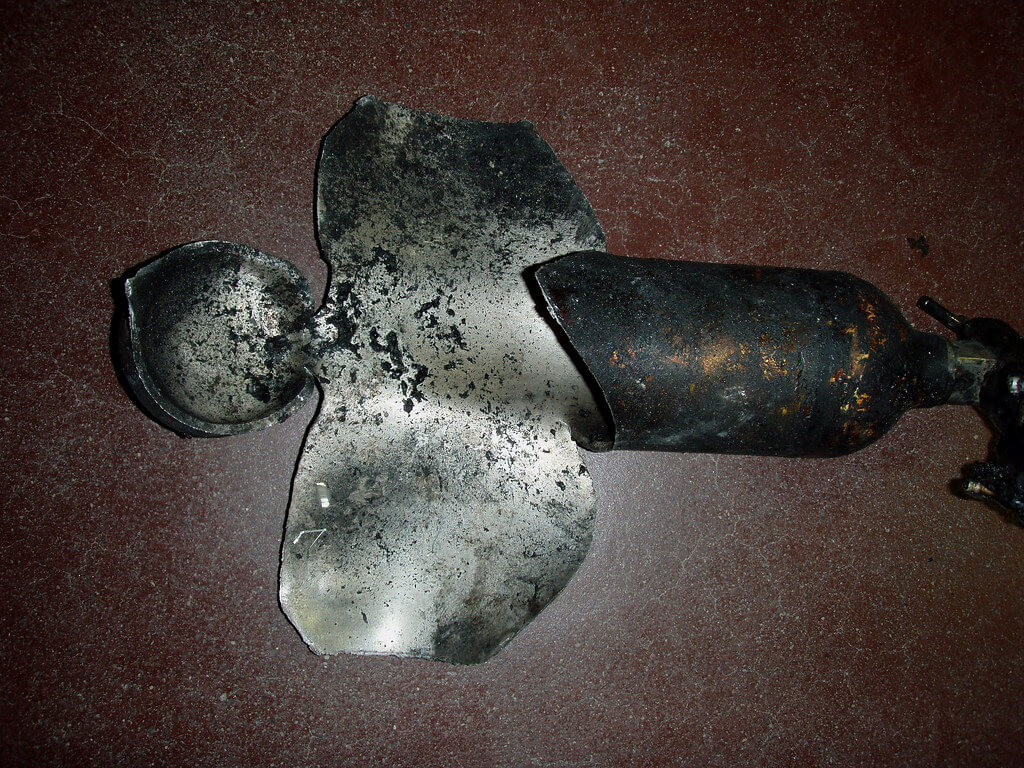

HEALTH & SAFETY
Predicting oxygen demand with cylinders is challenging, often leading to either excess (waste) or shortfall (risking patient care). Overstocking strains resources with high costs and storage needs, while understocking leaves hospitals unprepared during surges, especially in remote areas prone to delivery delays. This lack of predictability makes real-time, reliable oxygen solutions essential to ensure a steady, on-demand supply that aligns with patient needs.

DELIVERY DEPENDENCY
Hospitals are heavily reliant on external suppliers for oxygen deliveries, making them vulnerable to delays and disruptions in the supply chain. These delays can lead to interruptions in the oxygen supply, affecting patient care and causing significant operational challenges for healthcare facilities. This dependency also limits hospitals’ ability to maintain consistent, on-demand oxygen access during critical times.
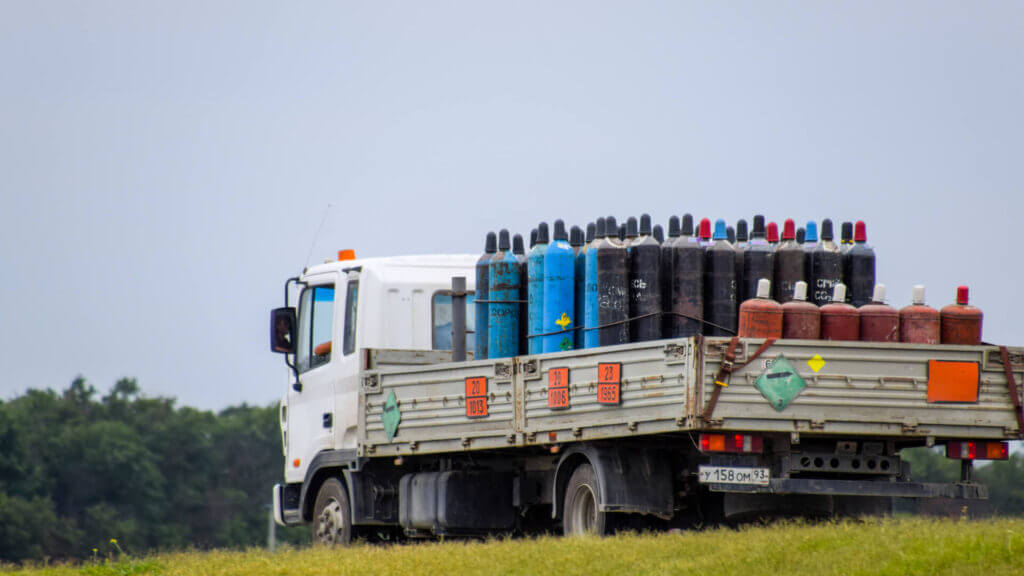


HIGH COST OF OXYGEN
The expenses involved in sourcing, transporting, and storing oxygen cylinders create a significant financial burden for healthcare facilities. These high costs reduce the efficiency of oxygen supply systems, limiting hospitals’ ability to allocate resources effectively. Additionally, the ongoing costs of maintaining cylinder inventories contribute to inefficiencies that increase operational overheads, making it challenging for healthcare providers to maintain a reliable oxygen supply while managing their budgets.

CYLINDER STAFFING ISSUES
Frequent cylinder swaps demand additional staffing, diverting healthcare personnel from more critical responsibilities. The constant need for handling, transporting, and replacing cylinders increases the workload, causing delays in other essential healthcare tasks. This not only strains hospital resources but also reduces the overall efficiency of patient care, as valuable staff time is consumed by logistical operations instead of direct patient support.
